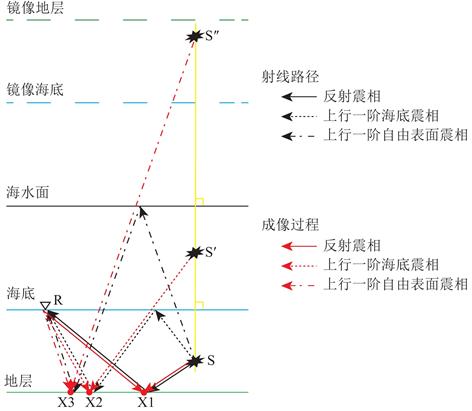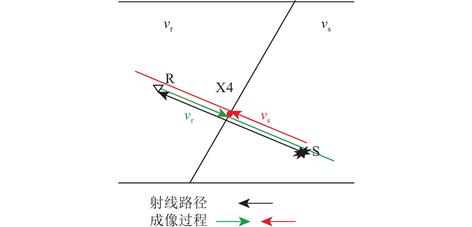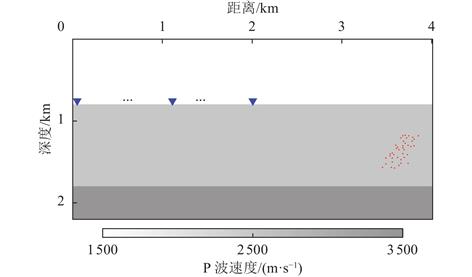| 海底节点不同震相逆时偏移成像研究 |
| |
| 引用本文: | 张延保,马潇,胡峰,翟鸿宇,2023. 海底节点不同震相逆时偏移成像研究. 震灾防御技术,18(3):559−567. doi:10.11899/zzfy20230312. doi: 10.11899/zzfy20230312 |
| |
| 作者姓名: | 张延保 马潇 胡峰 翟鸿宇 |
| |
| 作者单位: | 1.中国地震局地球物理研究所, 北京100081 |
| |
| 基金项目: | 中国地震局地球物理研究所基本科研业务费专项(DQJB22R35、DQJB20K42) |
| |
| 摘 要: | 
对近海海域进行地壳速度结构高精度成像有助于深入了解我国近海地震活动、深部孕震构造条件,揭示海域构造特征及其相互作用模式,为海域地震区划和风险评估提供基础支撑。在海底节点观测系统中,由于海底、海平面等强波阻抗差界面的存在,台站记录了较多强能量的后续震相。与初至震相相比,后续震相在地球内部来回反射,传播路径长、携带构造信息多,充分利用后续震相有望获得高精度的地下构造成像结果。
逆时偏移是勘探地球物理中精度较高的成像方法之一,且易于实现。将逆时偏移算法引入海底节点初至震相和后续震相成像,采用常规逆时偏移对反射震相进行偏移,对上行一阶海底震相、上行一阶后续震相成像均进行镜像法逆时偏移,通过修改逆时偏移框架,实现初至震相的成像。研究结果表明,逆时偏移能够有效对反射震相进行地下偏移归位;采用镜像法逆时偏移对上行一阶海底震相、上行一阶自由表面震相进行成像,能够有效增大成像范围;修改逆时偏移框架,初至震相能够对断层进行准确定位。

|
| 关 键 词: | 后续震相 逆时偏移 海地地震观测 成像 |
| 收稿时间: | 2022-06-23 |
|
| 点击此处可从《震灾防御技术》浏览原始摘要信息 |
|
点击此处可从《震灾防御技术》下载免费的PDF全文 |
|



